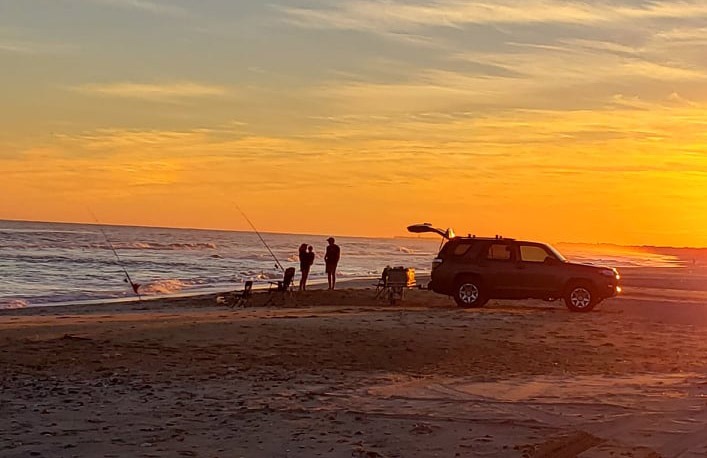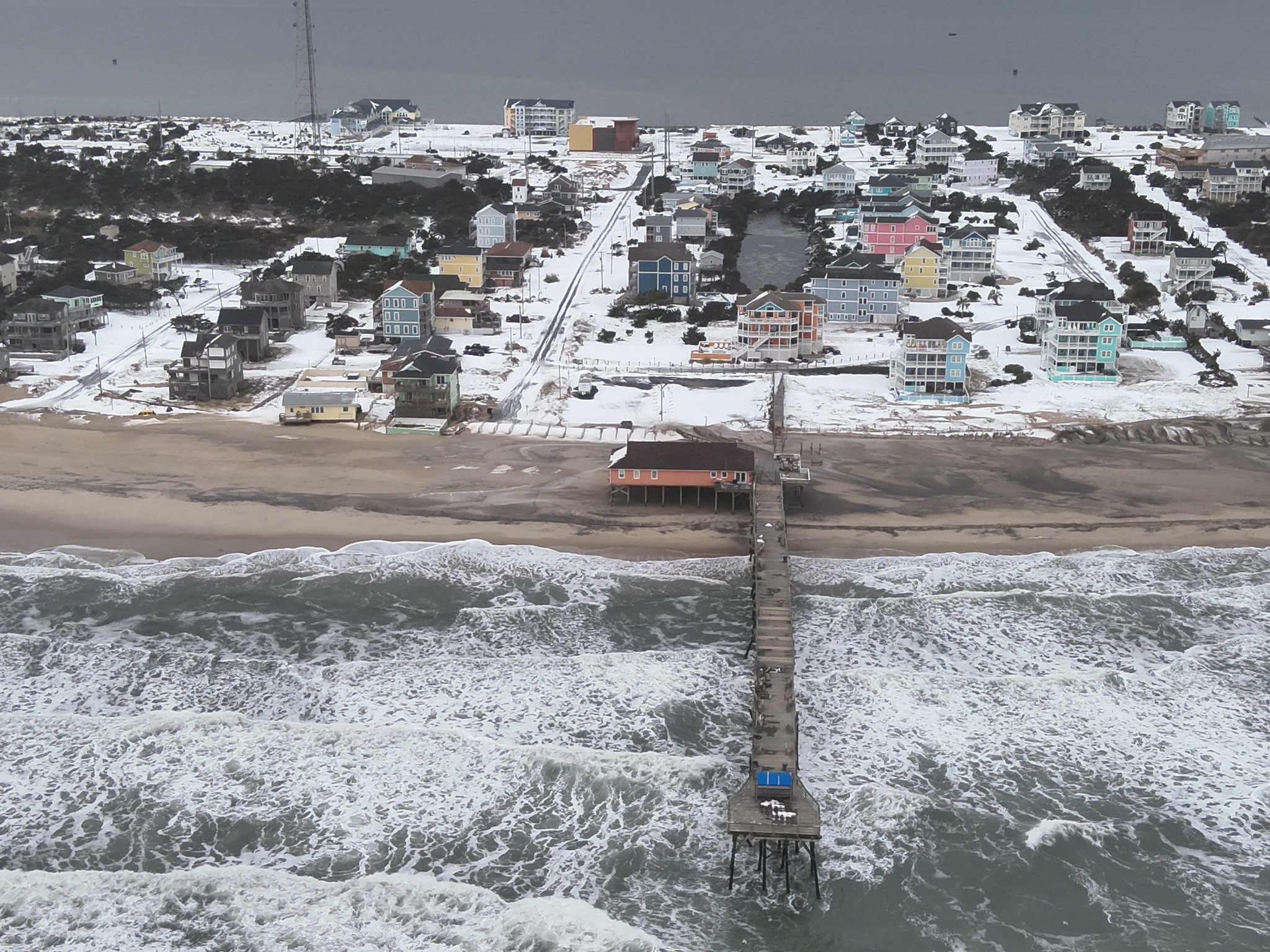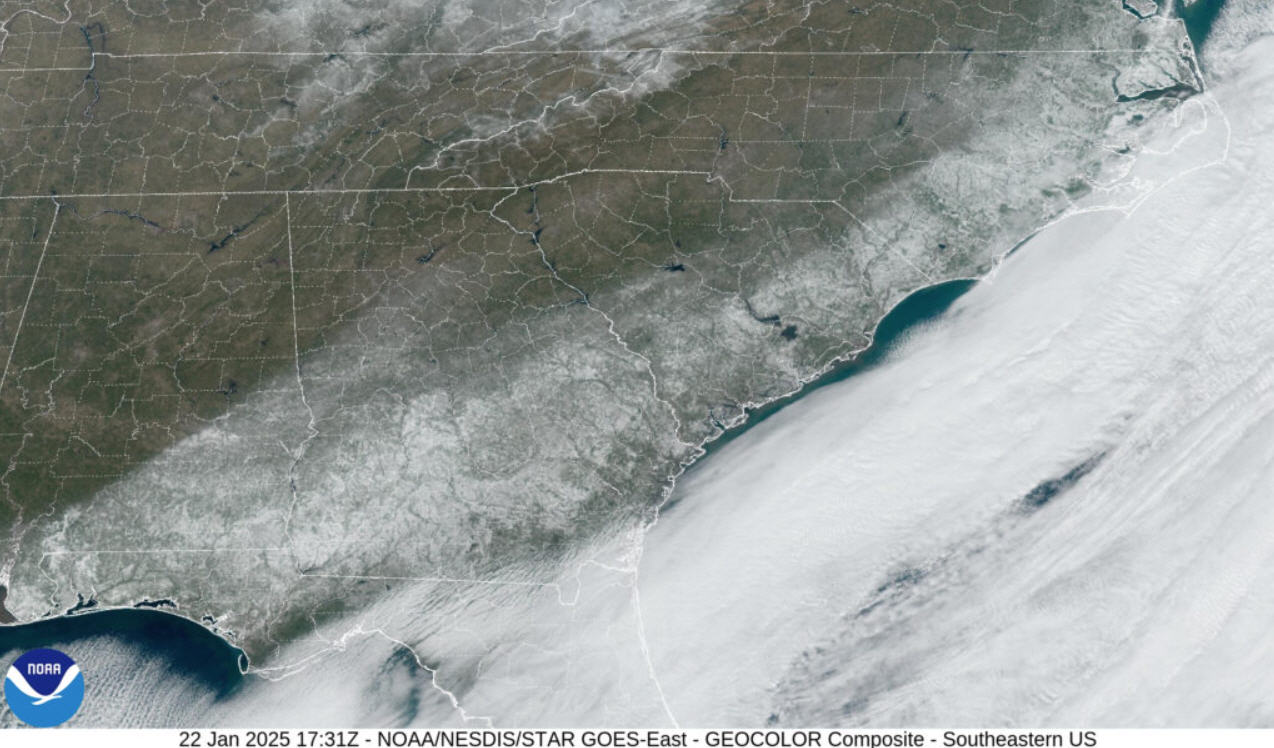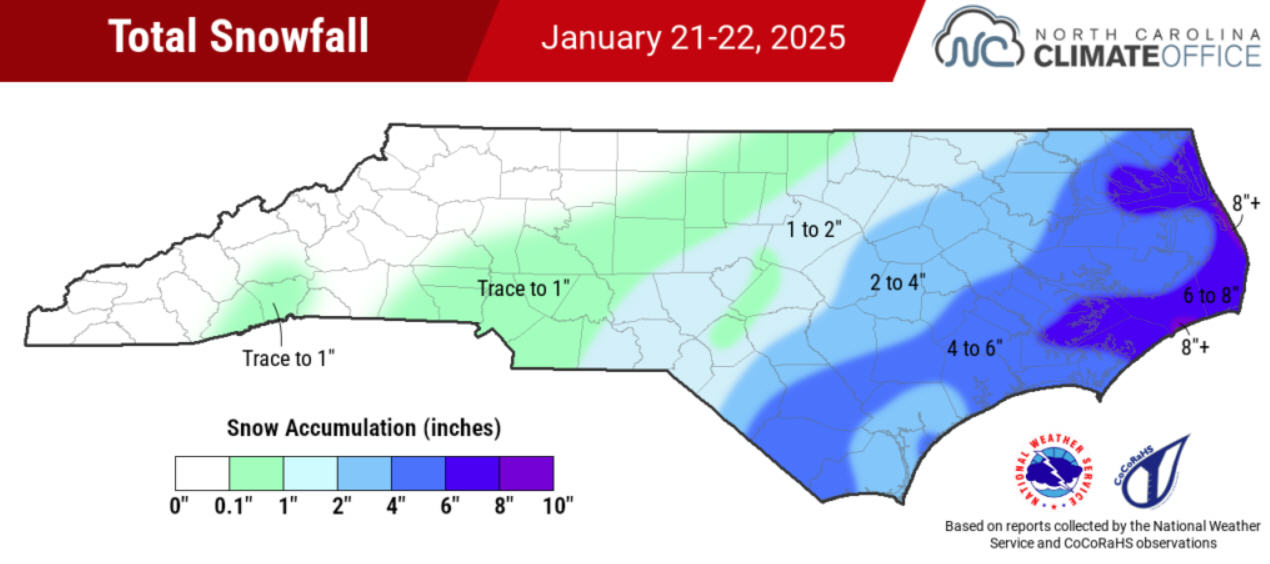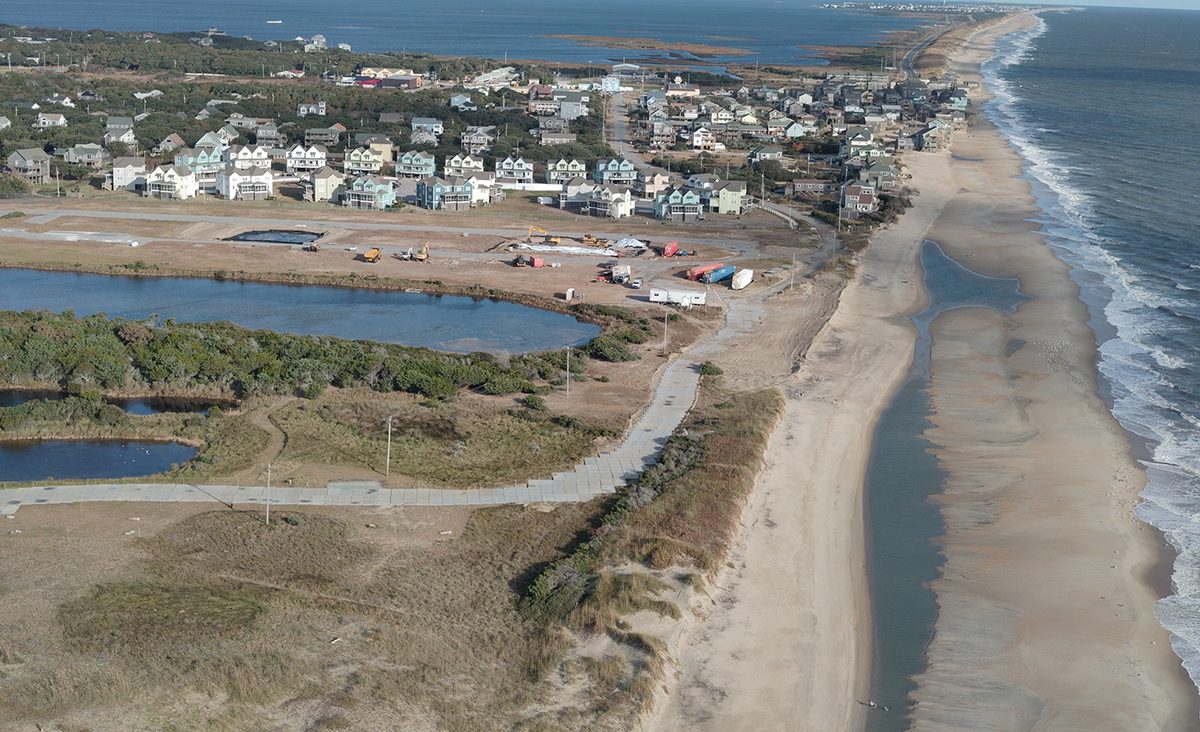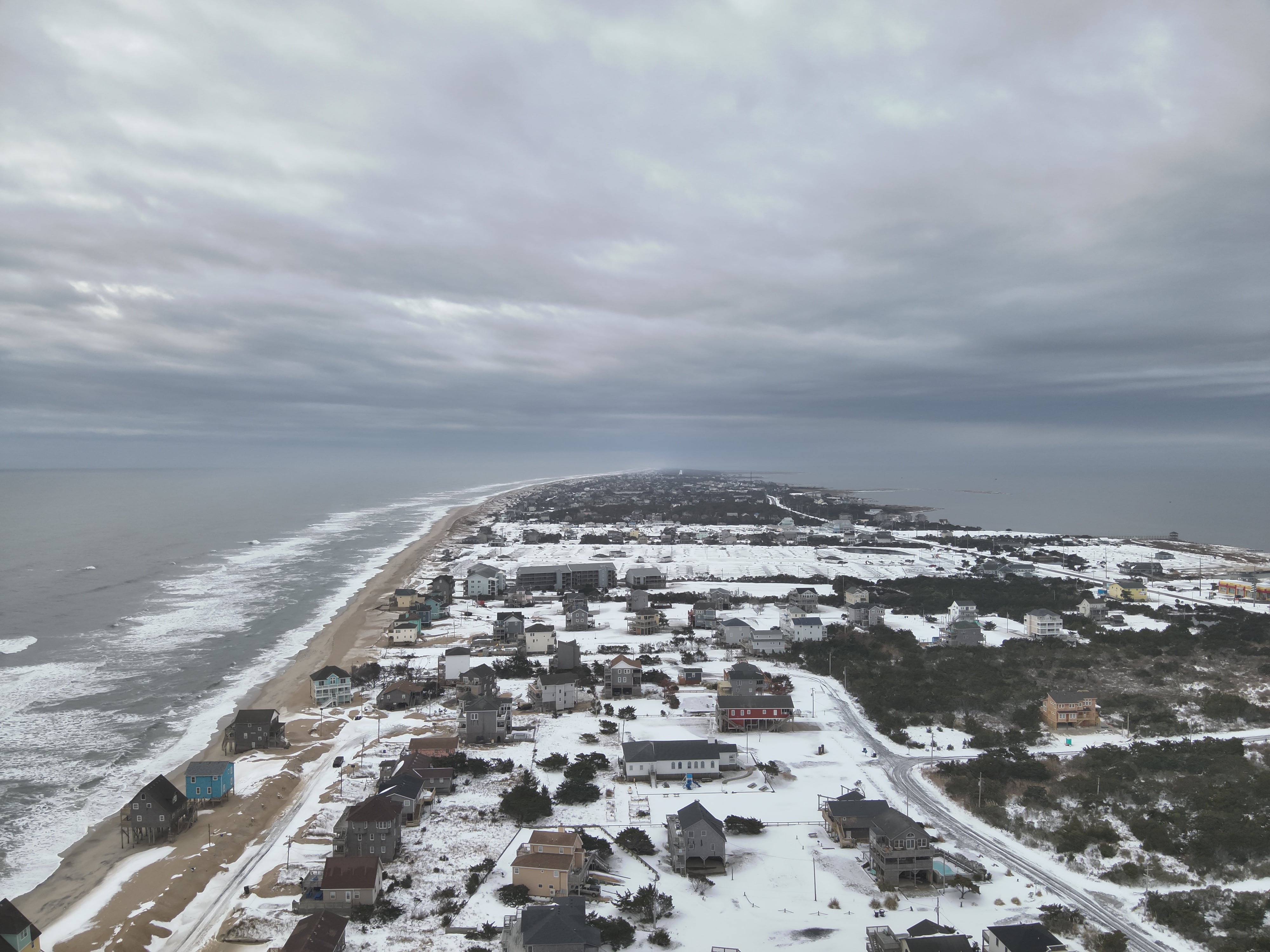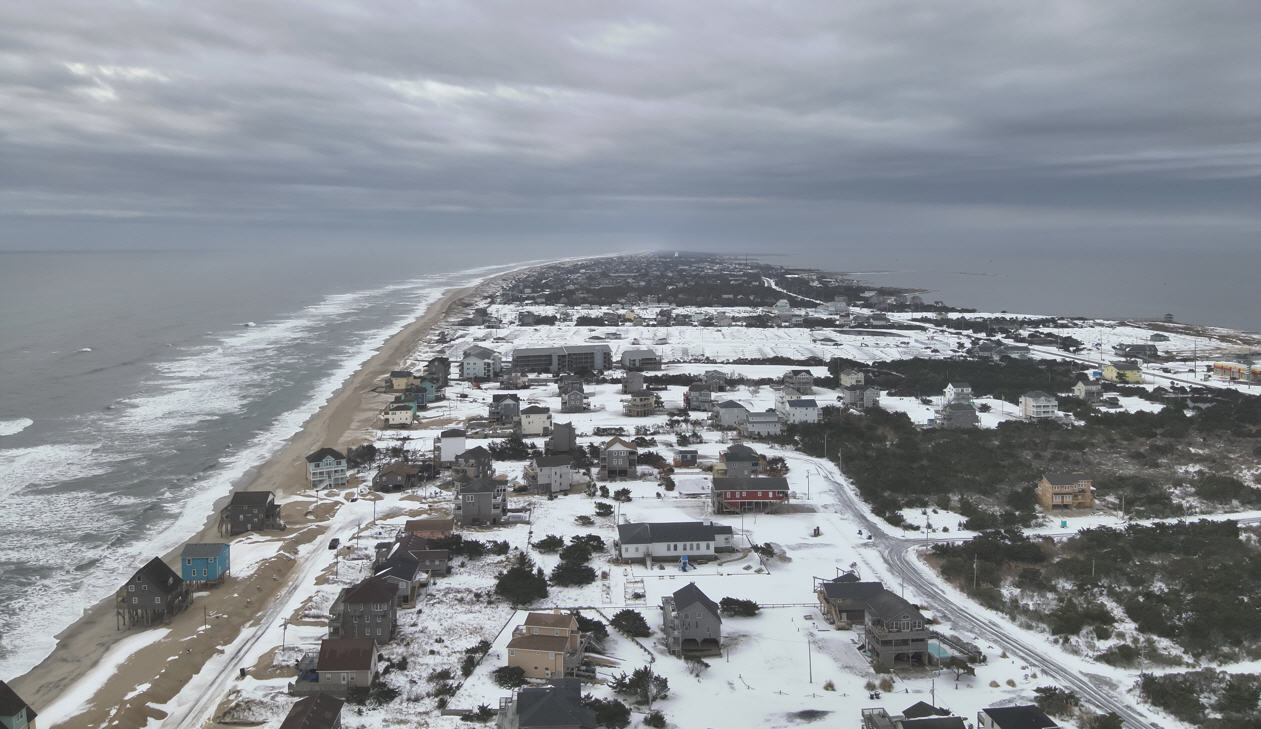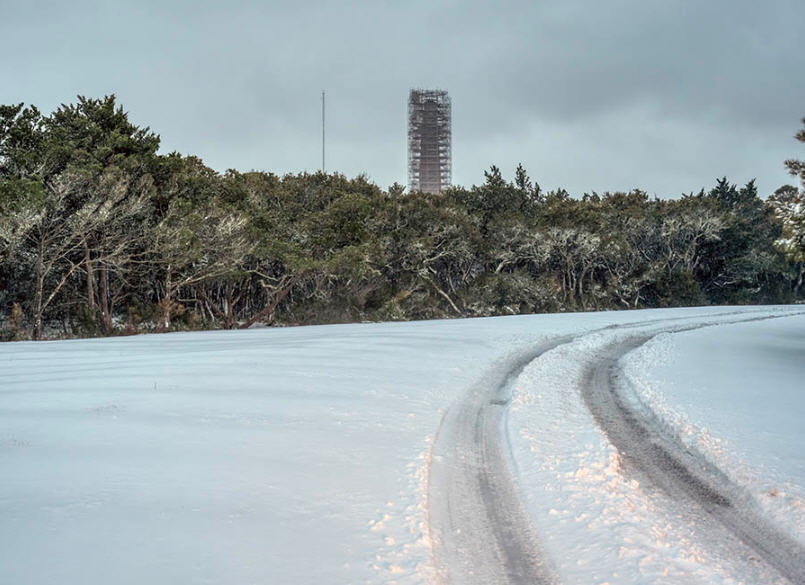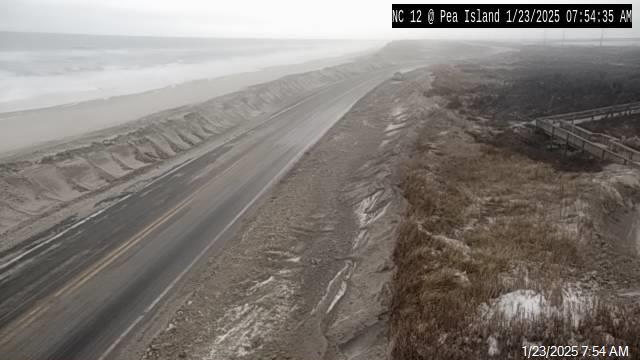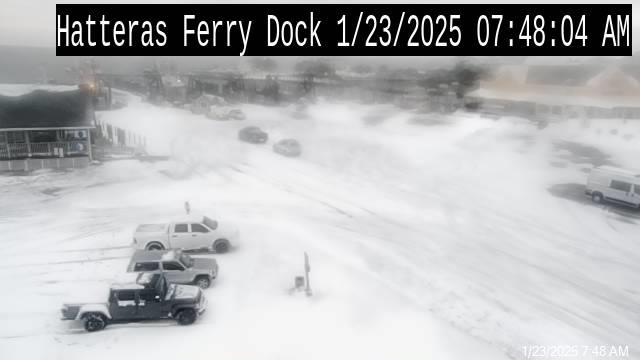Ohio man apparently drowns in Waves rip current
Ohio man apparently drowns in Waves rip current
Ohio man apparently drowns in Waves rip current
By IRENE NOLAN
By IRENE NOLAN
A 43-year-old visitor to Hatteras apparently drowned today in the ocean in Waves, according to Paul Stevens, chief enforcement ranger for the Cape Hatteras National Seashore.
Stevens identified the man as Todd Buchy of Worthington, Ohio.
He said that Buchy was at the ocean beach with about 16 other members of his family, who were all vacationing together, when he disappeared in the surf.
Dare County Communications, he said, got the call at 2:30 p.m. on Thursday, June 30, about a person in trouble at the oceanfront near La Waves Drive in Waves.
Responding were Chicamacomico Banks Fire and Rescue (water rescue team), Dare County Emergency Medical Services, and the National Park Service.
The first responders were able to locate the man who was floating face down in the water. He was brought ashore and EMS and water rescue performed CPR. They were not able to revive the victim.
“It does appear that there was a rip current in the area,” Stevens said.
He added that NPS is considering the death an apparent drowning.
Buchy’s is the first drowning death this year in the ocean at the seashore. On Monday, June 27, a 3-year-old boy from Virginia apparently drowned in the swimming pool of a rental house in Salvo.
Rip currents are strong, narrow currents that rush back out to sea through breaks in the sandbar. They can pull even the strongest swimmers out to sea.
Rip currents are a constant danger, especially for visitors not used to swimming in the ocean. And they are the cause for most drownings in the Cape Hatteras National Seashore.
If you are caught in a rip current, stay calm. Don’t fight the current and try to swim straight into the beach, even if you are a strong swimmer. The currents are usually very narrow and you can escape by swimming parallel to the beach, until you are out of the rip. Then swim toward the beach.
If you are unable to escape by swimming, float or tread water. When the current weakens, swim at an angle away from the current toward shore.
Signal for help if you need it.
On its website, the seashore offers these additional ocean swimming safety tips:
Use lifeguarded beaches. The National Park Service is currently operating lifeguarded beaches Coquina Beach on Bodie Island, Cape Hatteras Beach near the old lighthouse site, and Ocracoke Lifeguarded Beach. The beaches are staffed by lifeguards from 10 a.m. until 5 p.m. every day but Tuesday, until Labor Day. The park hopes to add Tuesday lifeguards when hiring is completed.
Non-swimmers should use Coast Guard-approved flotation vests, even while wading.
Do not swim in the ocean alone – take a buddy with you.
Stay sober – don’t swim while intoxicated. Alcohol can affect your judgment and your body temperature – impairing your ability to swim.
Don’t swim during rough seas. Broken necks and paralysis have resulted from swimmers being thrown into the ocean bottom headfirst.
The force of big waves crashing at the shore’s edge can pick you up and throw you into the sand. This may result in a dislocated shoulder or knee.
Due to dangerous currents, never swim in the inlets.
Do not swim at night or near fishing piers.
Children should swim only with adult supervision.
Know the various types of ocean currents and how to get out of them.
Watch the weather. Storms and squalls come up quickly.
Don’t swim during thunderstorms. Lightning is extremely dangerous and does strike the beach.
Don’t wear shiny objects when swimming – these objects may attract sharks and other fish.
Watch for jellyfish. If stung, seek first aid if needed. Don’t rub sand on the stings. Spraying or pouring vinegar on the sting site often reduces the pain. If you don’t have vinegar, try ammonia or denatured alcohol.
Do not swim near surfers – surfboard fins can cut you.
FOR MORE INFORMATION
Information on the rip current threat for each day is available on NOAA weather radio. You can also get the information online at www.weather.gov/newport. Click on the surf zone forecast.
Rip current information is also available on at the Cape Hatteras National Seashore site, www.nps.gov/caha, and at the Eena Project, www.eenaproject.com.
Park Service Visitor Centers in Buxton and Ocracoke have information on rip currents and surf zone forecasts.
Another source for information on dangerous rip currents is the local surfing reports, which are usually broadcast on the local radio stations.
Subject
Name
(required, will not be published)
(required, will not be published)
City :
State :
Your Comments:
May be posted on the Letters to the Editor page at the discretion of the editor.
May be posted on the Letters to the Editor page at the discretion of the editor.
May be posted on the Letters to the Editor page at the discretion of the editor.
May be posted on the Letters to the Editor page at the discretion of the editor.




